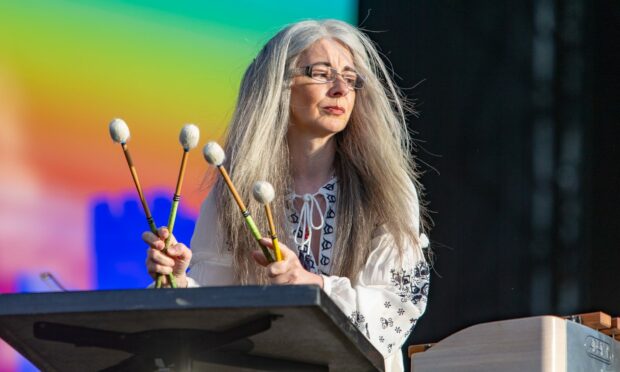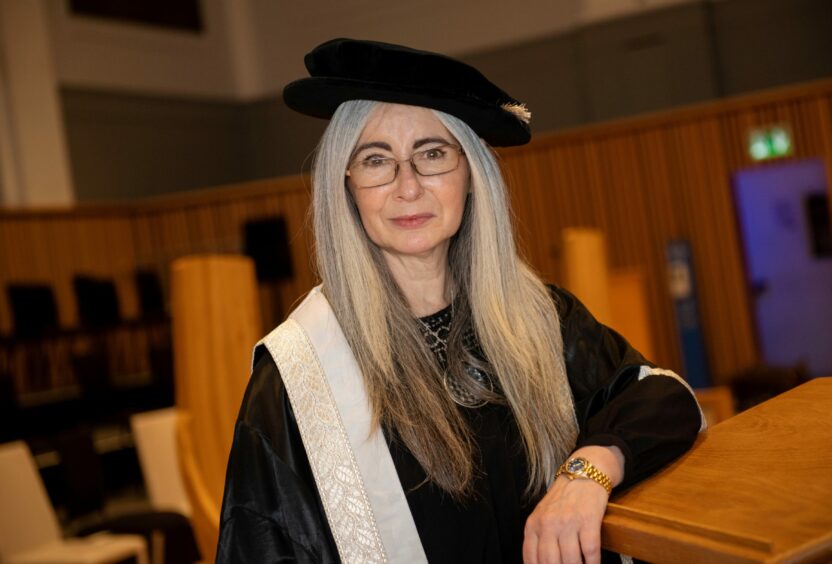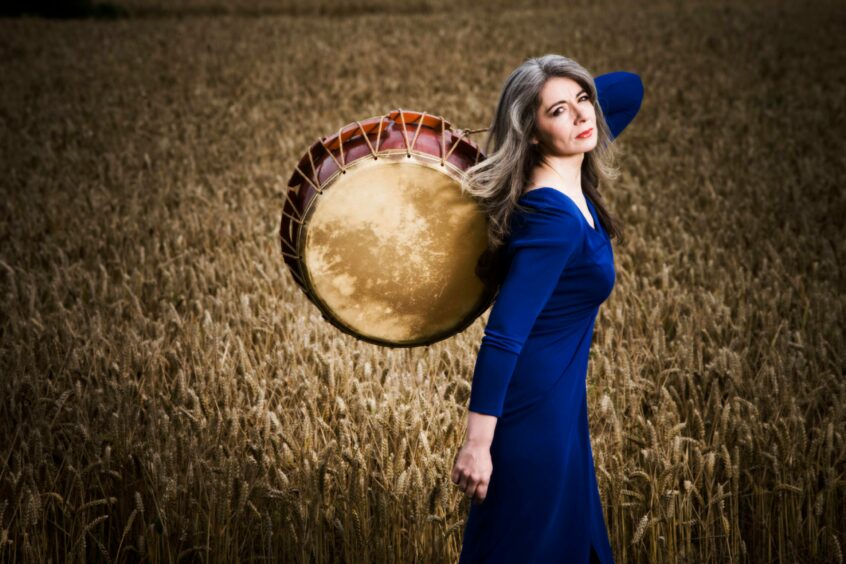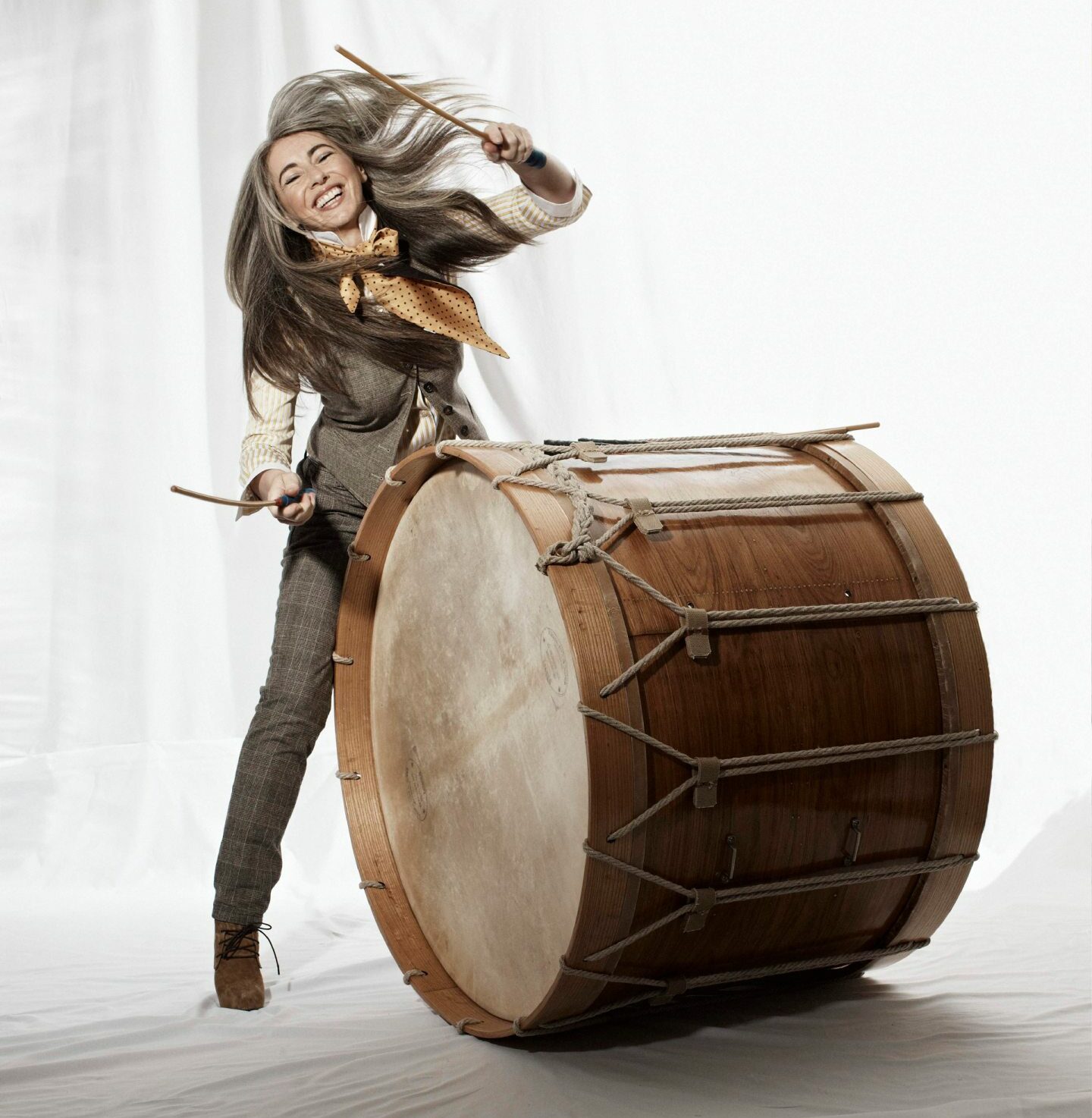Dame Evelyn Glennie CH, Robert Gordon University’s Chancellor, discusses widening participation among underrepresented groups and eliminating barriers to higher education, drawing from her lived experiences.
As with many disabilities, deafness is poorly understood in general. For instance, there is a common misconception that deaf people live in a world of silence. Only a handful of the several hundred articles and reviews written about me every year accurately describe my hearing impairment.
More than 90% are so inaccurate that you would be forgiven for thinking that it is impossible for me to be a musician. But I am the first musician to maintain a full-time career as a solo percussionist, which still confounds many.
This speaks about a wider issue, the tendency to compartmentalize not only disabilities but also race, gender, class, and age. We need to stop assuming that different people with the same label will have the same experience.
The word ‘deaf’ is an umbrella term used to describe people with all degrees of deafness. But, as with any community, the Deaf community is widely diverse. We each have our own story and we should be validated as individuals and not as a whole.
I am profoundly deaf, and with no other sound interfering, I can usually hear someone speaking, although I cannot understand them without the additional input of lip-reading. I no longer use hearing aids, and I know the basics of British Sign Language, so visual awareness is crucial in how I hear. I also use my voice, and because I was born hearing, I can understand accents, inflexions, the formation of words and the structure of sentences.
‘We need to stop boxing up disabilities and trying to roll out one-fits-all measures for widening access’
That is my story, but to be truly inclusive, we need to stop boxing up disabilities and trying to roll out one-fits-all measures for widening access.
I’ve learnt that listening is essential for inclusion. I continually challenge myself and society to consider our understanding of what listening entails. We should not confuse hearing and listening – hearing is a medical condition, whereas listening is an act of choice, which doesn’t only involve the spoken word or a sound. An awful lot is about opening up all of our senses, observing and engaging. I am deaf, but I am perfectly capable of listening.
In today’s society, listening is undervalued. There’s an urgency to speak, often over each other, which leads to poor communication. I often see the voice of our youth drowned by a cacophony of noise. As educators, we must continuously listen to our students, validate their unique journeys, and provide them with a platform to express themselves and help us co-create a nurturing environment. That made a huge difference for me growing up.
‘I can hear through my whole body’
I was fortunate enough to attend a school that fostered active listening. I started percussion when I was 12 after being diagnosed as profoundly deaf, but I never felt like giving up because my teachers were in tune with my situation. My percussion teacher, Mr Forbes, taught me how to develop my senses. Now, when I perform, I pick up vibrations from standing barefoot on the stage. I can hear through my whole body, which acts as a resonating chamber. Even though I had a hearing impairment, they made sure I absolutely belonged in the music department.
That wasn’t the case everywhere. To pursue my dream, I had to challenge the entry system for the Royal Academy of Music in London after they declined my first audition. They couldn’t quite see how a professional orchestra would hire a deaf person. I insisted on being judged on musical capability alone and not only convinced them to accept my application but help change the admission policy of musical institutions across the UK.
Just as when playing with an orchestra, each of us contributes to the success of the piece.”
My life’s mission is now to teach the world to listen, focusing on partnerships with organisations driven by the ambition to eliminate barriers to education and widen participation among underrepresented groups. Robert Gordon University shares those values, so becoming their Chancellor felt like a natural step for amplifying this message throughout Higher Education in the UK.
The role of universities has never before been more important as we recover from the devastating impact of the pandemic. We all need to play a part in ensuring education is accessible for all, and just as when playing with an orchestra, each of us contributes to the success of the piece.
We have made progress, without a doubt. But this Deaf Awareness Week, If I could leave us with one message about inclusion, it would be this: continuously practise active listening. Our future generations deserve nothing less.



